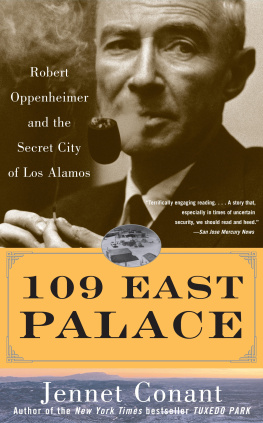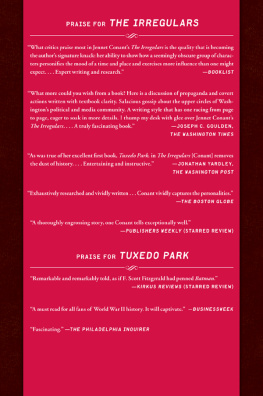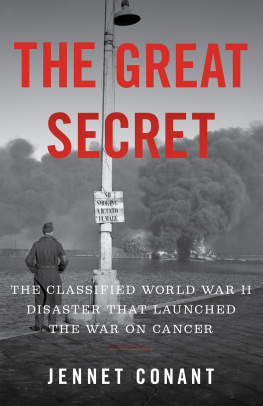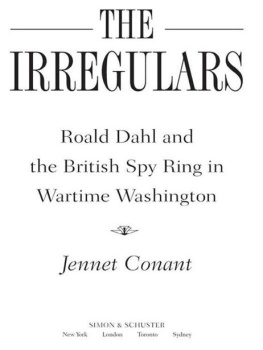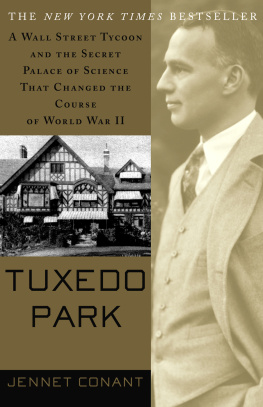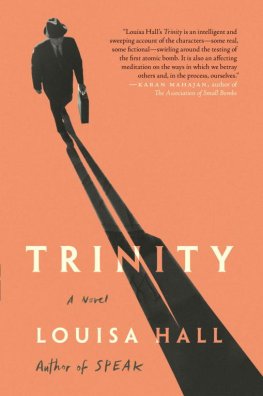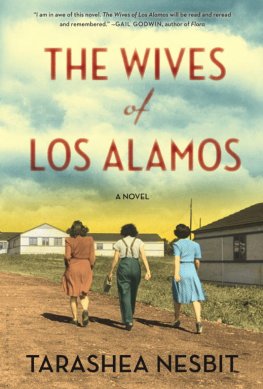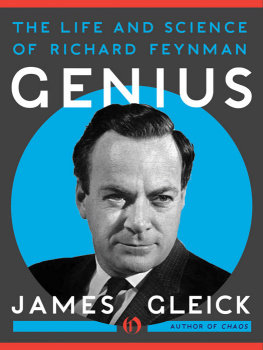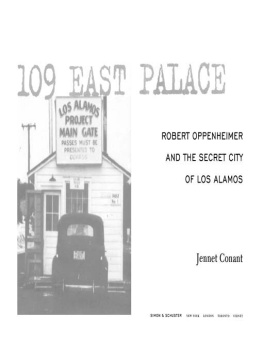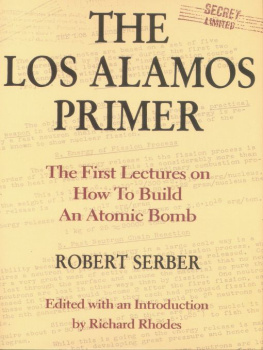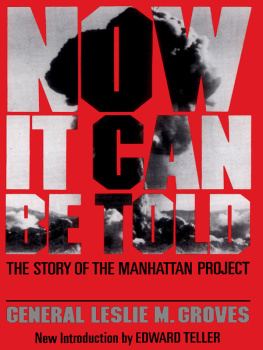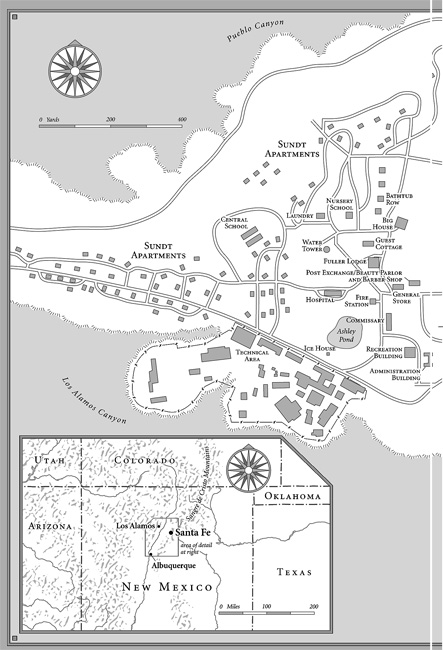


ALSO BY JENNET CONANT
Tuxedo Park:
A Wall Street Tycoon and the Secret Palace of Science
That Changed the Course of World War II

SIMON & SCHUSTER
Rockefeller Center
1230 Avenue of the Americas
New York, NY 10020
Copyright 2005 by Jennet Conant
All rights reserved, including the right of reproduction in whole or in part in any form.
S IMON & S CHUSTER and colophon are registered trademarks of Simon & Schuster, Inc.
Library of Congress Cataloging-in-Publication Data Conant, Jennet.
109 East Palace : Robert Oppenheimer and the secret city of Los Alamos / Jennet Conant.
p. cm.
Includes bibliographical references.
1. Los Alamos Scientific LaboratoryHistory. 2. Manhattan Project (U.S.)History. 3. Atomic bombUnited StatesHistory. 4. McKibbin, Dorothy Scarritt, 1897-1985. 5. Oppenheimer, J. Robert, 1904-1967. 6. Los Alamos Scientific LaboratoryBiography. 7. Manhattan Project (U.S.)Biography. 8. PhysicistsBiography. I. Title.
QC773.A1C66 2005 623.451190973dc22 2005042497
ISBN-13: 978-1-4165-8542-8
ISBN-10: 1-4165-8542-7
Visit us on the World Wide Web:
http://www.SimonSays.com
For Grandpa
CONTENTS
They won't believe you, when the time comes
that this can be told.
It is more fantastic than Jules Verne.
J AMES B. C ONANT
TO THE N EW Y ORK T IMES' W ILLIAM L. L AURENCE
IN SPRING 1945
PREFACE
For as long as I can remember, my grandfather James B. Conant kept a memento of Los Alamos on the desk in his study. It was a sample of trinitite, fused sand from the crater in the desert floor formed by the first explosion of an atomic bomb at the Trinity test site near Alamogordo, New Mexico, on July 16, 1945. It had been embedded in Lucite for safekeeping, but I was often warned not to play with it as a child because it was still hot and emitted enough low-level radiation to set a Geiger counter madly clicking. The rock was a potent talisman from my grandfathers pasta tumultuous time during which he took on the secret assignment of investigating the feasibility of designing and building a nuclear weapon for use in the war against Germany. He ultimately became the administrator of the Manhattan Project and the classified Los Alamos bomb laboratory, located on a remote mountaintop in New Mexico. After the successive bombings of Hiroshima and Nagasaki brought World War II to a swift and decisive end, he emerged as one of the countrys great scientific leaders in the eyes of some, and as a mass murderer to others, responsible for helping to create the most diabolical weapon in the history of the world and for recommending its use against Japan.
Los Alamos was the chief morality tale of my childhood, as intrinsic, formative, and fraught as the most morbid of Mother Goose nursery rhymes are to other children. Like most good stories, it featured a cast of heroes and villains; only they changed depending on who was telling the tale. My white-haired, bespectacled grandfather, a lean, austere Yankee mellowed by age and made approachable by the twinkle in his eyes, never expressed regret over his role in World War II. I loved him, and I would listen raptly to the stories of those urgent, exciting days, when the army often dispatched a special military plane to retrieve him from the isolated cabin in Randolph, New Hampshire, at the foot of the Presidential Range, which was for more than three decades our familys summer home. Blue Cottage, as the house was known, was so far removed from the nearest town, and communication so uncertain, that the army was forced to run a special phone line down the dirt road to ensure they could reach him in an emergency. When the scientists who were his old friends would come to visit, they would reminisce about their pioneer days at Los Alamos, where the most brilliant, sophisticated men in the world attempted to do nuclear physics while cooking on Bunsen burners and camping out. In their company, my grandfather would relax his guard, and hearing their laughter and stories of absurd mix-ups, near misses, and desperate last-minute saves, I found it impossible not to come away with the impression that despite the pressure and grim purpose, theirs had been the adventure of a lifetime.
At the same time, even as a very young child, I was aware that my grandfathers war service was a loaded subject, publicly as well as privately. The mere mention of the time period could elicit a withering remark from my grandmother or a sarcastic rebuke from my father. My own family did not escape the poison of deception, my grandfather wrote in a rare moment of introspection in his 1970 autobiography, My Several Lives . As one of the leaders of the Manhattan Project, he was bound by a very high-degree of secrecy, or compartmentalization, and conceded that the amount of bald-faced lying that he was forced to engage in permanently impaired his credibility with those closest to him. Security was extraordinarily tight, and he considered it a fact of wartime that he could tell his wife and two sons nothing about his work or frequent absences. Even after my grandmother discovered a Santa Fe railroad matchbook in one of his suit pockets after a trip that he had said took him no farther west than Chicago, he remained silent, leaving her to imagine in her barely suppressed rage what other betrayals he might be concealing. The estrangement that developed during those years left deep wounds on all sides and was still palpable years later when we gathered for tense family dinners.
When I was growing up in Cambridge, Massachusetts, in the 1960s, the heroics of World War II had faded from our national memory, patriotism was out of vogue, and anti-war rallies protesting Americas involvement in Vietnam regularly blockaded Harvard Square. My liberal parents were full of anger and recriminations toward my grandfather, his complicity in the secret military effort to develop chemical weapons and the bomb, and the subsequentand in their view, cruel and unnecessarydestruction of Hiroshima and Nagasaki. When I was twelve, they took my brother and me to the scene of the crime. At the Hiroshima Peace Memorial Museum, we sat and watched the horrifyingly graphic documentary made in the aftermath of the attack, showing the black and burning city and the unspeakable suffering of those who survived the blast, their scorched skin hanging down like torn rags from their bones, radiation eating away at their insides as they slowly and painfully died. My mother walked out of the museum theater in the middle, sick to her stomach. We were living in Japan then, expatriates in a foreign land, and during the long train ride back to our home in Tokyo, I looked at the Japanese faces staring back at me and wondered what they would think if they knew.
In the years after the war, every decision made by the leaders of the Manhattan Project was subject to review, second-guessing, censure, and the inevitable assignment of blame. There was an enormous sense of guilt and remorse among some of the scientists actively involved in the bomb project, coupled with a tremendous sense of responsibility that they must do everything in their power to convince the nations of the world to stop developing weapons of mass destruction. Others steadfastly maintained a sense of pride in having accomplished what had to be done in those dark days, when the shadow of totalitarianism had fallen across the map of Europe and England stood alone, on the verge of being engulfed by Nazi domination. Still others were determined to build more powerful bombs to maintain Americas technological superiority.

